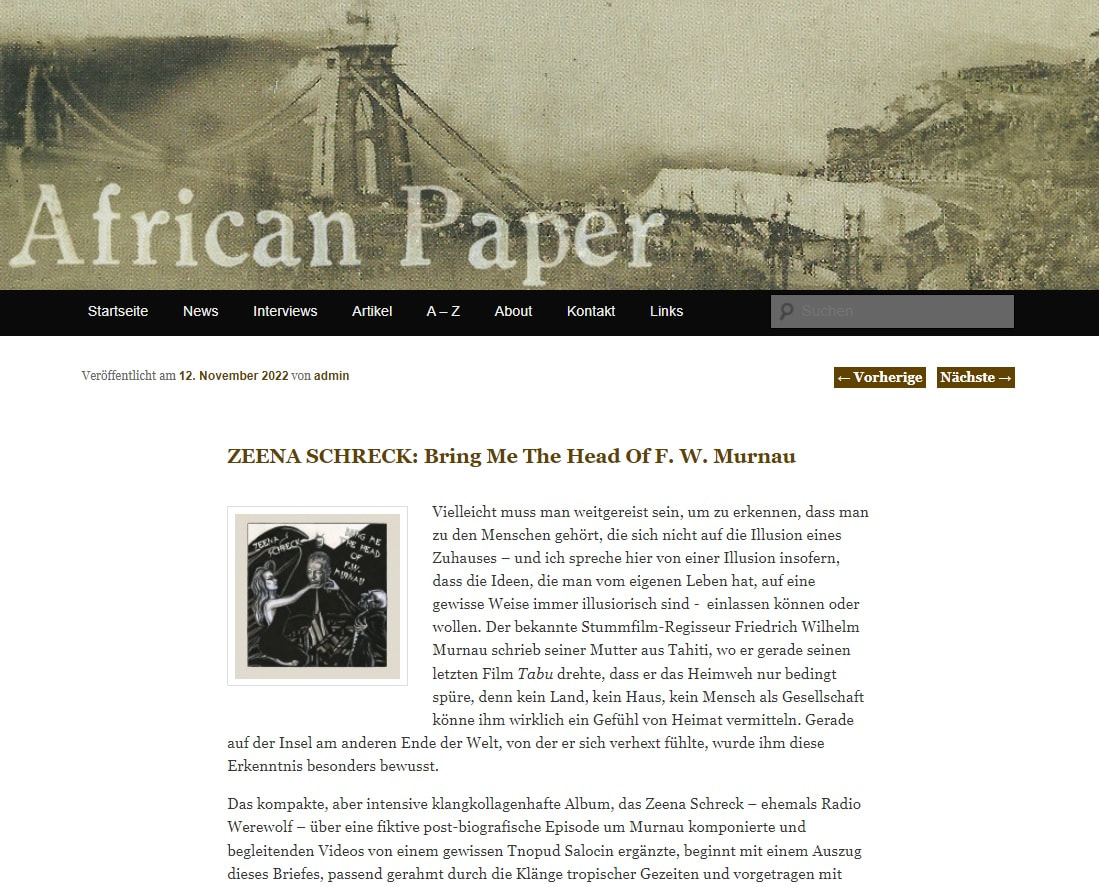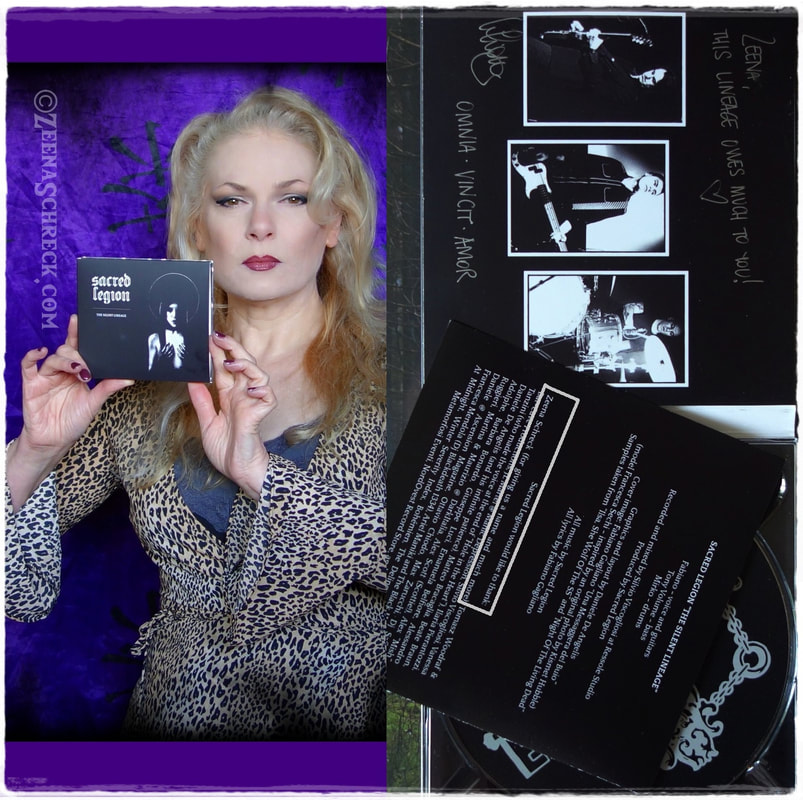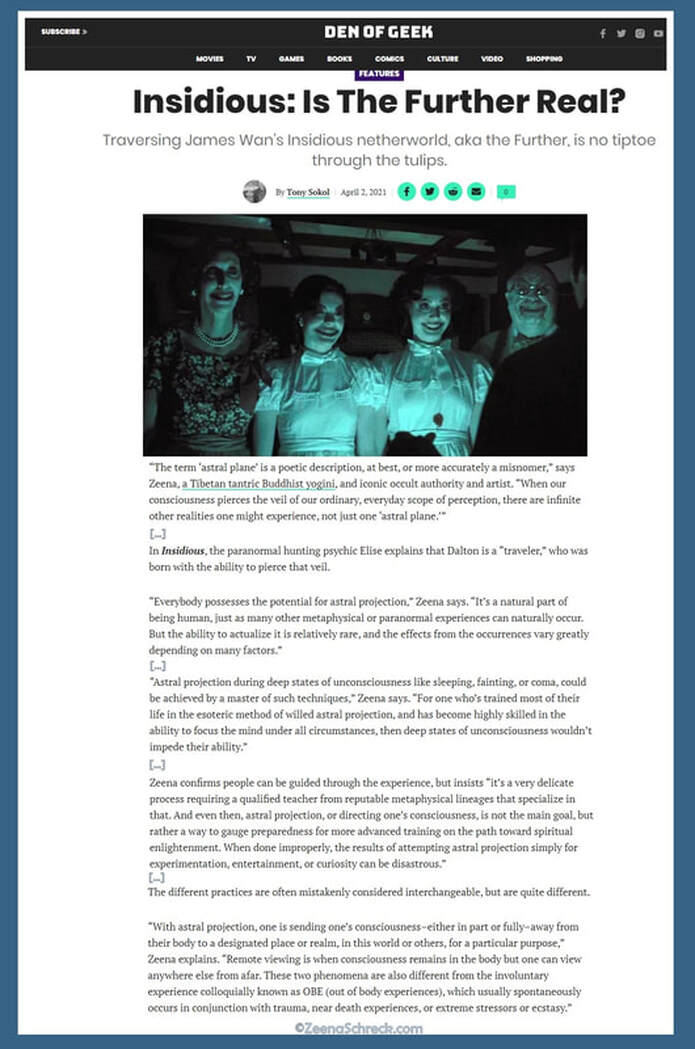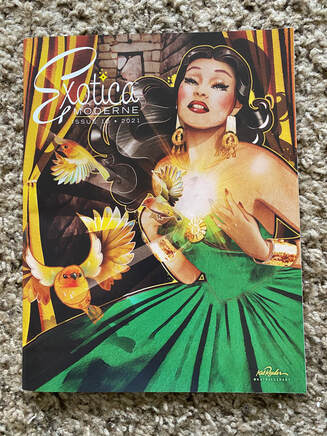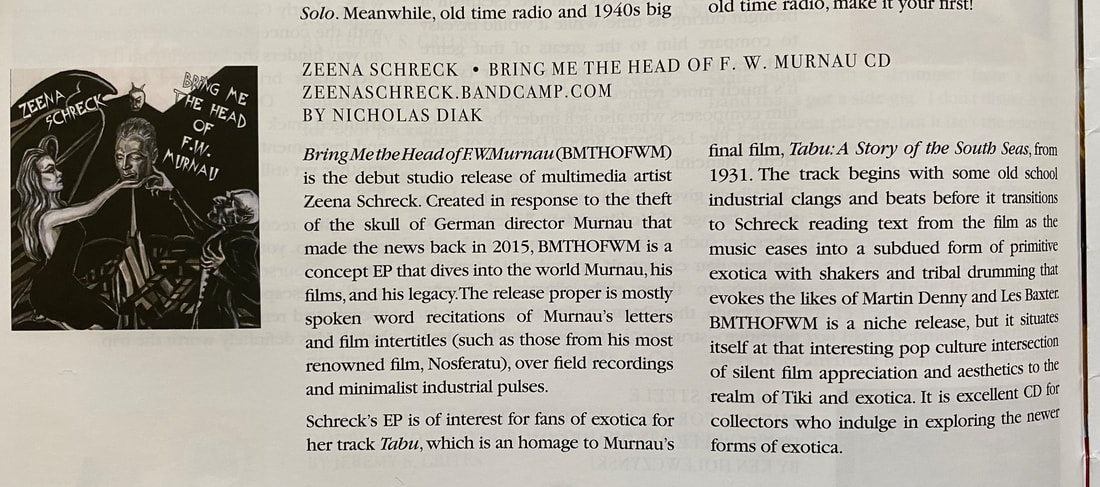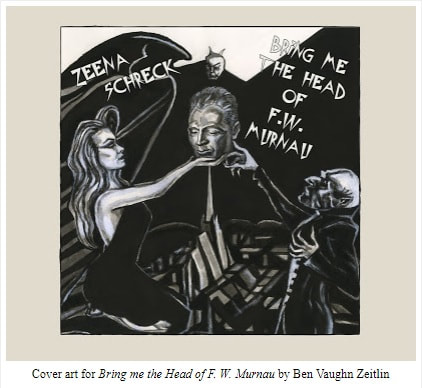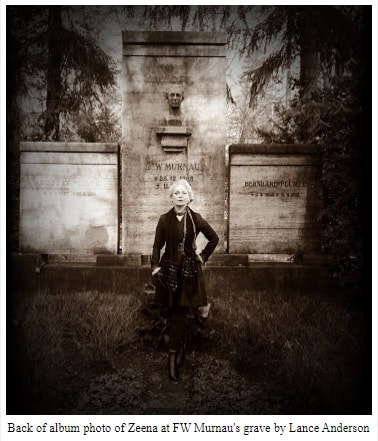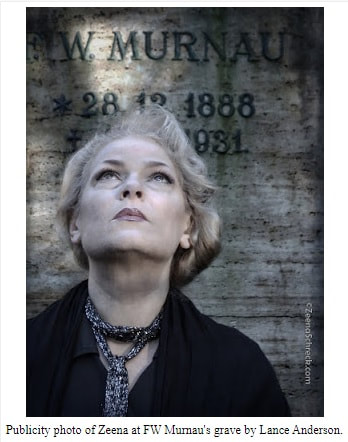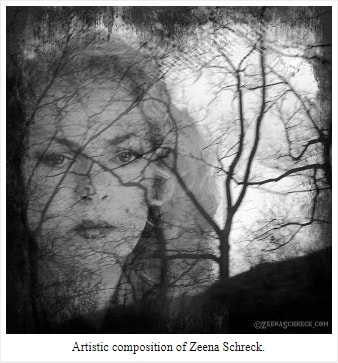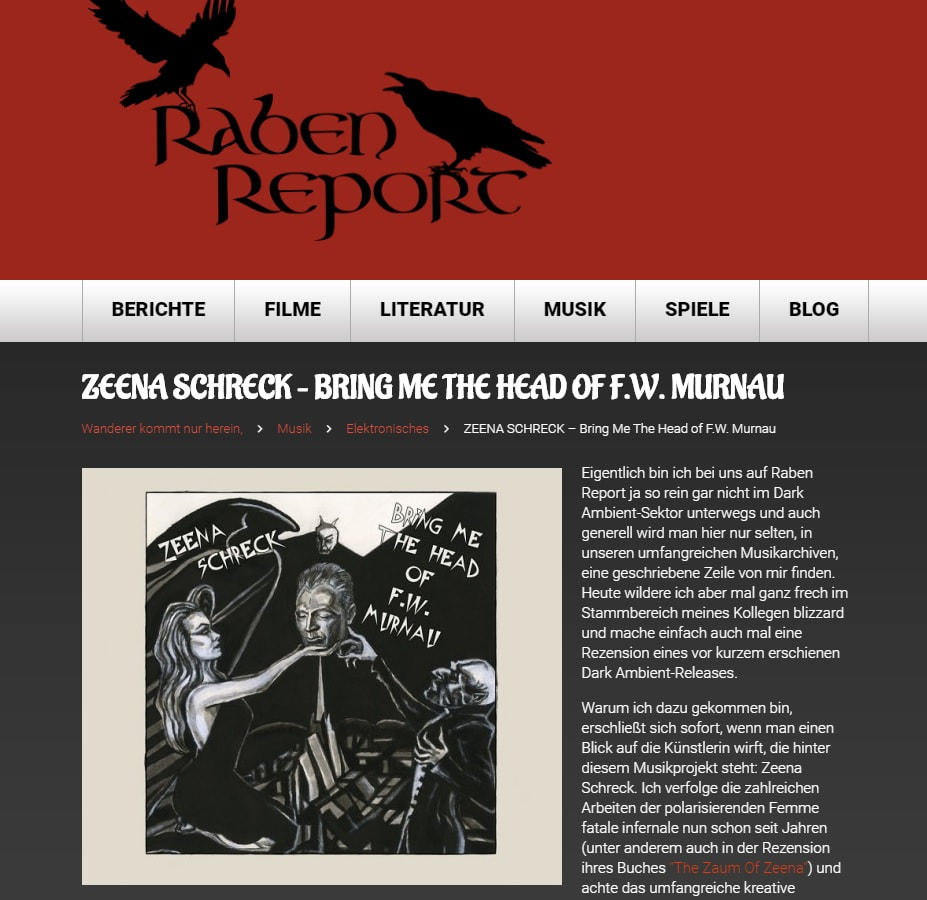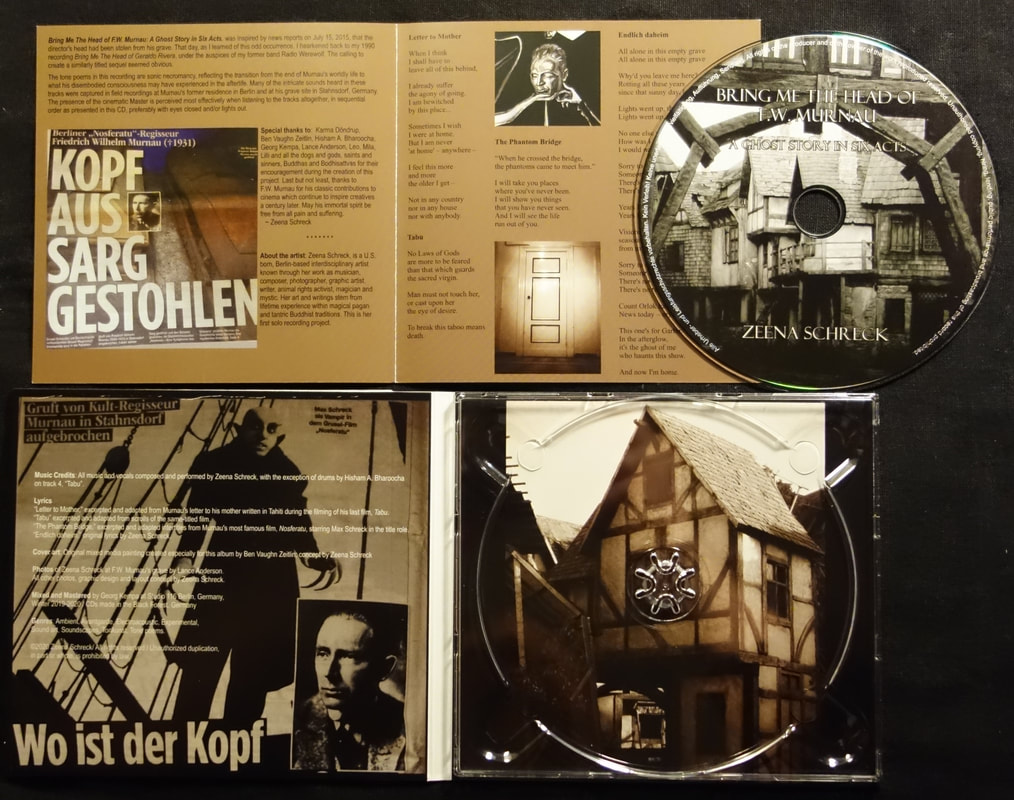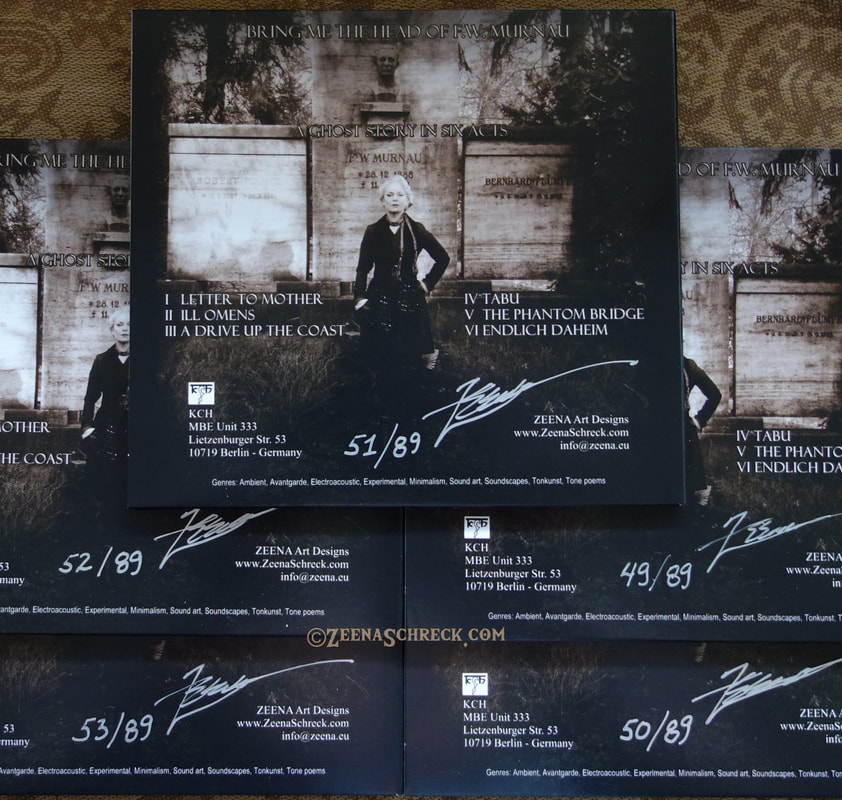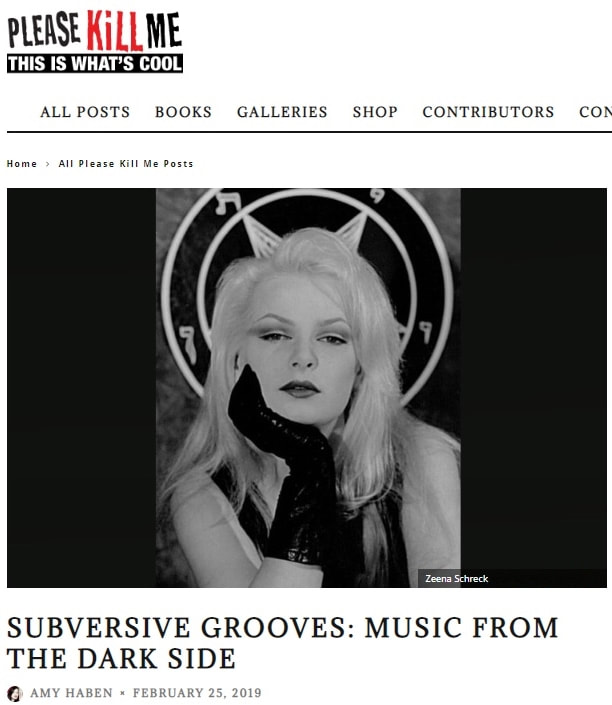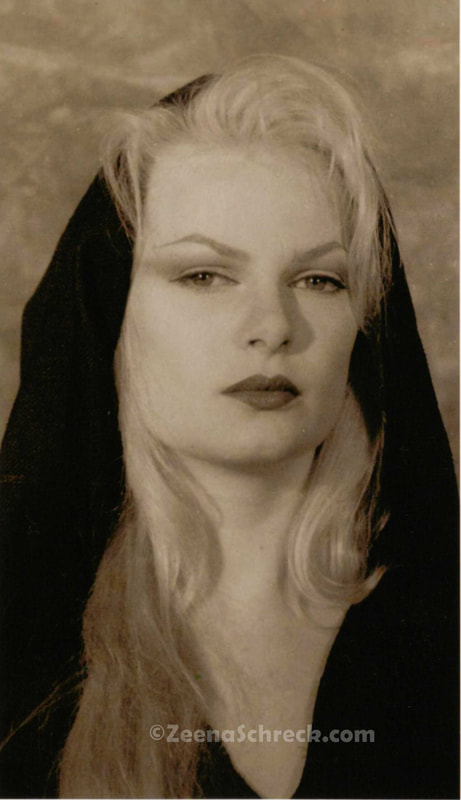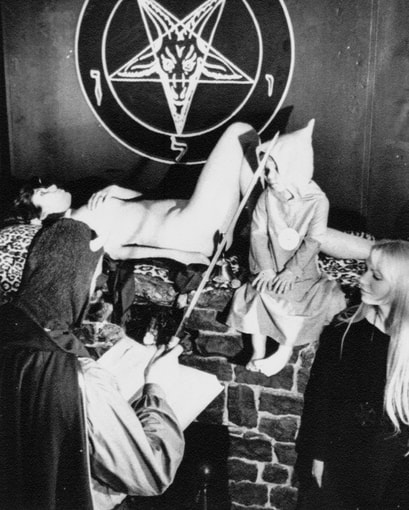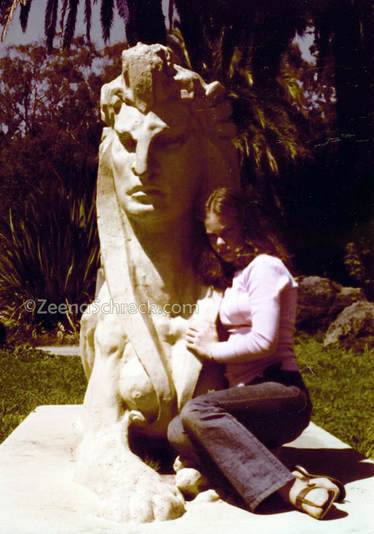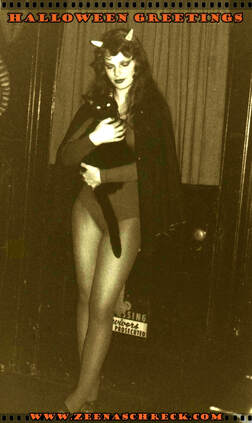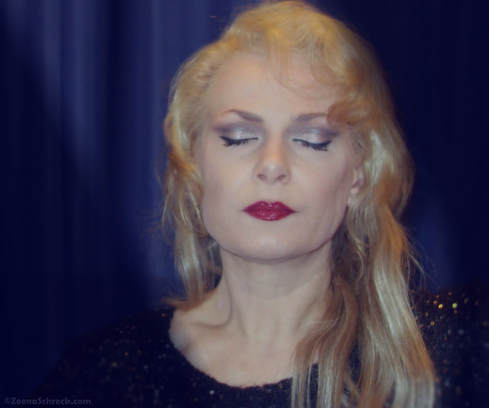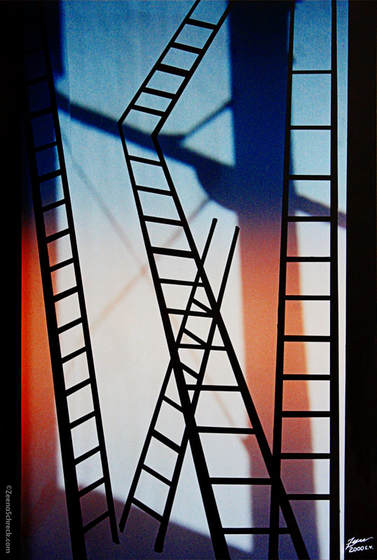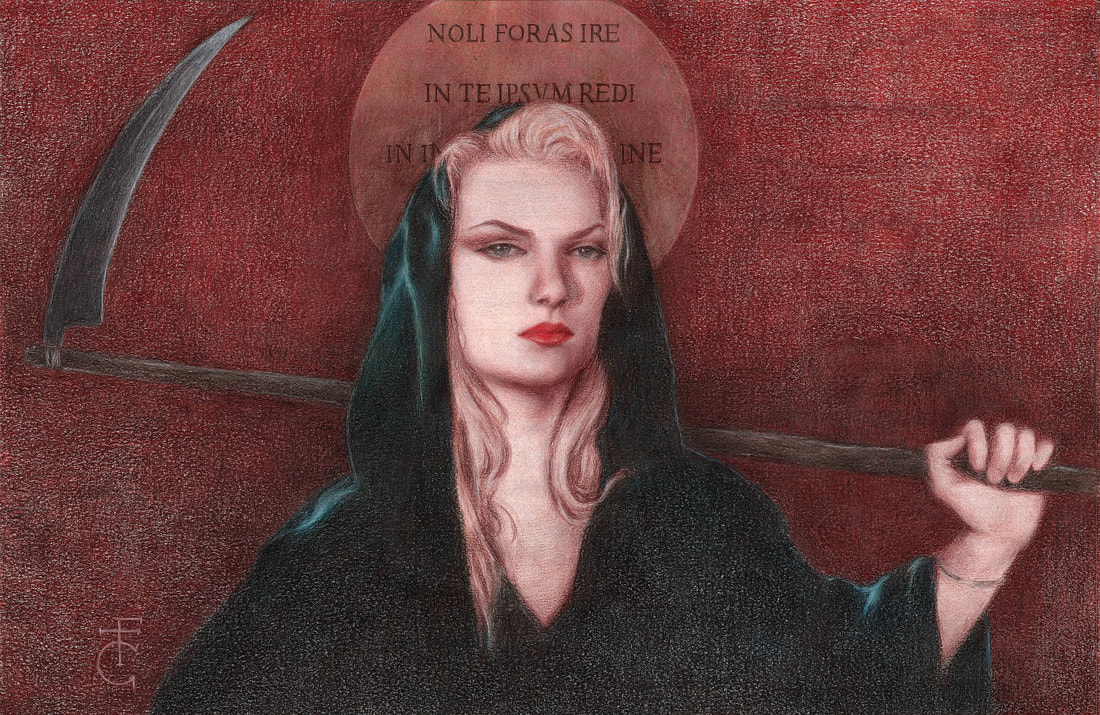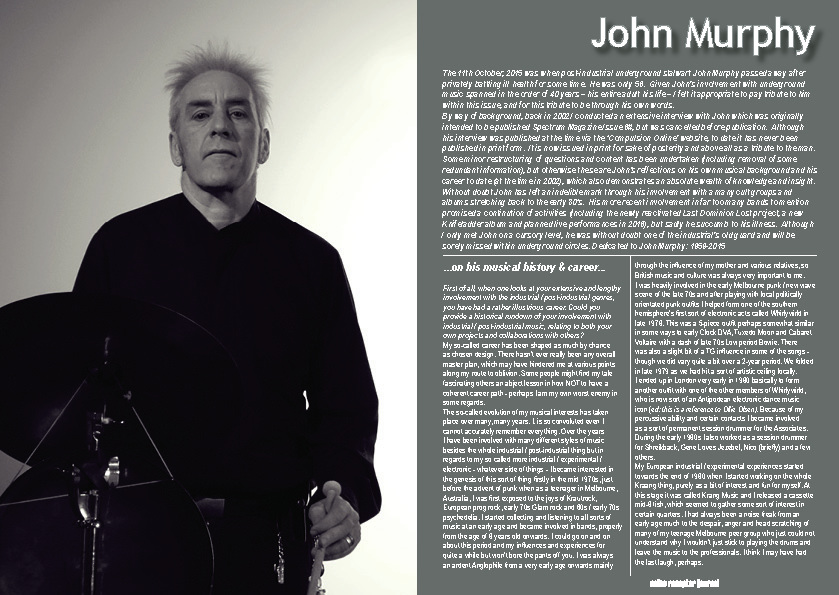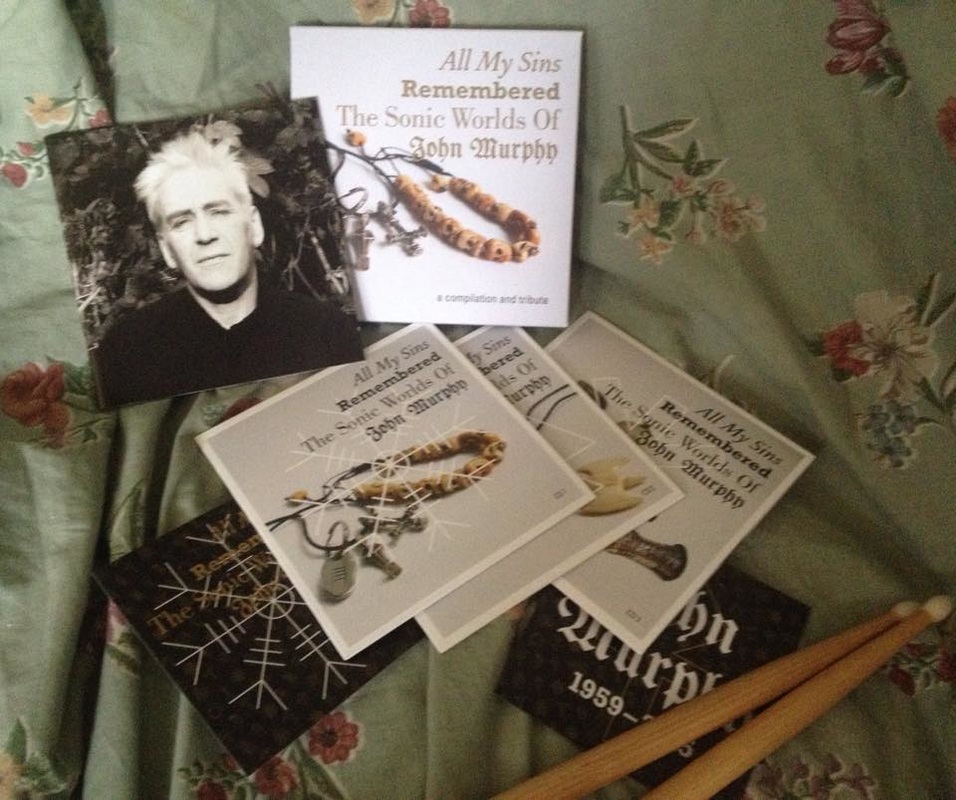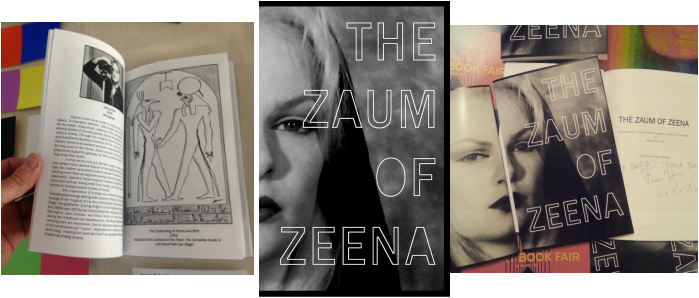New Book Review by Zeena:Many thanks to John Gwatney for gifting me his book Bringer of Light: The Making of Kenneth Anger’s Lucifer Rising! Bringer of Light is a true Labor of Love dedicated to unearthing the most obscure facts, details and images surrounding the circuitous occult creation of Anger's underground film Lucifer Rising. Reminiscences by still living participants shed light on the filmmaker's mindset during their time knowing him; each reflecting many different sides to his behavior, personality and creative process. Aside from the exhaustively detailed research that went into this tome, there's a rich representation of scanned documents and photos, many of which were acquired first hand from the original photographers or subjects of the photos with accompanying anecdotes making the book itself a “picture within a picture”. Never before seen photos of the personalities involved in the making Lucifer Rising include Robert Fraser, John Lennon, Yoko Ono, each of The Rolling stones, Michael Cooper, Marianne Faithfull, Dennis Hopper, Alejandro Jodorowsky, Donald Cammell, Anita Pallenberg, Bobby Beausoleil and The Freedom Orchestra at Tracy Prison, and of course of Kenneth himself, exhibiting his radically transforming appearance from the late '60s to early '80s. The large format book (cloth hardcover, 11-1/4” x 9” / 28-1/2cm x 23cm) allows for full bleed printing for maximum quality of the most rare images. Because Gwatney unearthed much more additional material, beyond the boundaries of the specific topic of this volume, he has decided to begin a follow-up book about Kenneth Anger in general. For that project, I'm happy to report that Gwatney has begun a series of interviews with me! Since it will undoubtedly take considerable time to complete, you can begin getting a taste of what is to come by reading Bringer of Light by ordering at: https://www.luciferrisingbook.com/ ! Om A Ra Pa Ca Na Dhih ~Zeena Posted by T.M. 05/07/24
0 Comments
Big thanks to author and industrial music scholar Nicholas Diak for his great review of Zeena's latest music project Transcend!!! |
| For Order Options with autograph GO TO SHOP PAGE HERE |
by Luca Piccolo:
[La versione in lingua italiana di questa recensione si trova sotto il testo in inglese.]
.
The Zaum of Zeena, published by Frank Haines in 2015, is presented as a "collection of Interview, Essay, Quotes and Images" of the artist Zeena Schreck. Interviews closely analyze the most interesting aspects of the life, the thought and the philosophy that always accompanies Zeena. As is written in the first pages of this volume, "her art, like her music, is best understood as a non-verbal trans-rational branch of her spiritual teaching"; the best way to understand this is to read this text. In fact, Zeena's art is the main issue covered in the first interview presented in this volume, which happens to be my own interview with Zeena originally published in WSF (online art journal).
This is followed by excerpts from the interview with the author Konstantinos that focuses on exploring spirituality and the magical path of this artist. A theme which is then expanded upon in a different way in the wonderful interview with Che Chetty (for the School of Religion, Philosophy and Classics, University of Kwazulu Natal, South Africa), where certain aspects of Tantra are analyzed and investigated. In this series of questions and answers we see two alternating fronts: the accademic vs. the practical knowledge.
The interview by Maxime Lachaud, drops us completely into the musical dimension of the artist, and investigates mainly the work that Zeena made with recordings for Radio Werewolf. Also relevant to her work during Radio Werewolf is an extract from "Mythos Wewelsburg: Fakten und Legenden" by Daniele Siepe, in which the artist explaines the reason for a particular position/asana she takes in a scene from her Video Werewolf film "Germany: The Theory of Ruins" (1992). Both of these interviews make us reflect on the meticulousness that the artist uses for the realization of every single opera. With this in mind, it spontaneously came to me how the composition of this volume was not at all left to chance.
Also included in this collection are two writings by Zeena originally published in the Beatdom Magazine # 11 (referring to "Liberation under the Snow Moon," the story of a salvific mission to free captive wolves from a fur farm) and Vice Magazine ("A Tale of Two Birds and Tantric Meditation ").
All the interviews are linked together through a series of quotes and images, which greatly augment the value of the text and make for a most pleasant and smooth reading experience. Between the lines we also see beauty and clarity: perhaps the two most emotionally engaging effects of this pubblication.
This is a text that gives to the general public the opportunity to open up to the understanding of Zeena Schreck and her art. It is certainly a must read by anyone interested in the spiritual and artistic aspects of Zeena. But also for those who have only a marginal interest in these topics, it is still a treat.
--Luca Piccolo
2015 Naples, Italy
The Zaum of Zeena, editato da Frank Haines nel 2015, si presenta come una “collection of Interview, Essay, Quotes and Images” dell’artista Zeena Schreck. Le interviste analizzano da vicino gli aspetti più interessanti della vita, del pensiero e della filosofia che accompagna Zeena da sempre.
Come appare scritto nelle prime pagine di questo volume “her art, like her music, is best understood as a non-verbal trans-rational branch of her spiritual teaching”; il miglior modo per comprenderlo è leggere questo testo. È infatti l’arte di Zeena la tematica principalmente trattata nella prima intervista, quella di Luca Piccolo.
Seguono poi alcuni estratti dall’intervista con l’autore Konstantinos che fa convergere le proprie domande su questioni che indagano la spiritualità e il percorso magico dell’artista. Tematica che poi verrà sviluppata in un altro modo nella stupenda intervista con Che Chetty (for the School of Religion, Philosophy and Classics, University of Kwazulu Natal, South Africa), dove sono invece analizzati e indagati alcuni aspetti del Tantra, in questa serie di domande e risposte vediamo alternarsi due fronti: quello accademico e quello della conoscenza pratica.
L’intervista di Maxime Lachaud, ci cala completamente nella dimensione musicale dell’artista, e indaga principalmente il lavoro che Zeena ha compiuto con le registrazioni di Radio Werewolf; così come nell’estratto da “Mythos Wewelsburg: Fakten und Legenden” di Daniele Siepe, viene spiegata una posizione/asana che l’artista assume in una scena di “Germania: The theory of Ruins” (1992), from Video Werewolf film. Entrambe le interviste ci fanno riflettere sulla meticolosità che l’artista utilizza per la realizzazione di ogni sua singola Opera. Tenendo presente ciò, sorge spontaneo il pensiero che anche la composizione di questo volume non sia affatto stata affidata al caso.
Sono inoltre inclusi in questa raccolta due scritti della stessa Zeena già pubblicati su Beatdom Magazine # 11 (parliamo di “Liberation under the Snow Moon”, racconto di un’azione salvifica per liberare alcuni lupi) e su Vice Magazine (“A Tale of Two Birds and Tantric Meditation”).
Le citazioni e le immagini che compongono quest’opera fanno da anello di congiunzione tra tutte le interviste, e aumentano notevolmente il valore del testo, oltre a renderlo ancora più piacevole e scorrevole. Tra le pagine vediamo quindi affiancarsi la bellezza e la chiarezza: forse i due elementi emotivamente più coinvolgenti dell’opera.
È questo un testo che dà al grande pubblico la possibilità di aprirsi alla comprensione di Zeena Schreck e della sua Arte. Va indubbiamente letto da chiunque abbia interesse per il percorso spirituale e artistico di Zeena, ma anche, da chi ha solo un interesse marginale per le tematiche trattate.
Zeena is an entirely independent, self-funded artist.
Her livelihood and funding for creative projects rely solely on commissioned artwork, teaching and lecturing engagements, performances and purchases of her products and music, as well as from donations from private patrons and sponsors.
If you would like to pledge your support towards the production costs of current works in progress, please use the PayPal donation button at the top of page.
Thank you for your support of Zeena's work!
Archives
May 2024
December 2023
June 2023
May 2023
March 2023
December 2022
November 2022
October 2022
September 2022
April 2022
March 2022
February 2022
October 2021
September 2021
July 2021
June 2021
April 2021
March 2021
February 2021
December 2020
November 2020
October 2020
August 2020
May 2020
April 2020
March 2020
February 2020
December 2019
November 2019
October 2019
May 2019
April 2019
March 2019
October 2018
August 2018
June 2018
May 2018
December 2017
September 2017
August 2017
July 2017
June 2017
May 2017
February 2017
January 2017
December 2016
November 2016
October 2016
September 2016
August 2016
July 2016
June 2016
May 2016
April 2016
March 2016
February 2016
January 2016
December 2015
November 2015
October 2015
September 2015
July 2015
June 2015
May 2015
April 2015
March 2015
Categories
All
8-8-88
Activism
Alternative Music
Animal Liberation
Anniversaries
APPAREL & ACCESSORIES
Art
Berlin
Brigitte Bardot Foundation
Buddhism [Vajrayana]
Christopher Lee
Church Of Satan
Dark Shadows
Death & Impermanence
Deathrock
Demons Of The Flesh
Dream & Sleep Yogas
Erotic Mystical Practices
Externsteine
FAQ GENERAL INFO
Featured Products
Film
First Post
Frances Bean Cobain
F.W. Murnau
Gisela Getty
Goth
Halloween
Holidays
Horror Films & TV
Interviews
Italy
Jayne Mansfield
Jutta Winkelmann
Karma
Kenneth Anger
Los Angeles
Magic
Memorials
Music
Mysticism
Nature
Network Awesome
New Releases
News
New York
Performance Art
Photo Gallery (Performance)
Photo Gallery (Radio Werewolf)
Photo Gallery (Zeena)
Photography
Photos Of Zeena
Postpunk
Radio Werewolf
Reviews
Rites & Ceremonies
San Francisco
Shop
SLM
Solstices And Equinoxes
Soundscapes
Sympathy For The Devil
Synthpunk
Tantra
The Rolling Stones
The Zurich Experiment
Vienna
Walpurgisnacht
Wewelsburg
Workshops
Writings
Zeena As Muse In Art
Zurich
Zeena's Bandcamp page |
Copyright ©2024 Zeena Schreck. All rights reserved.
|




